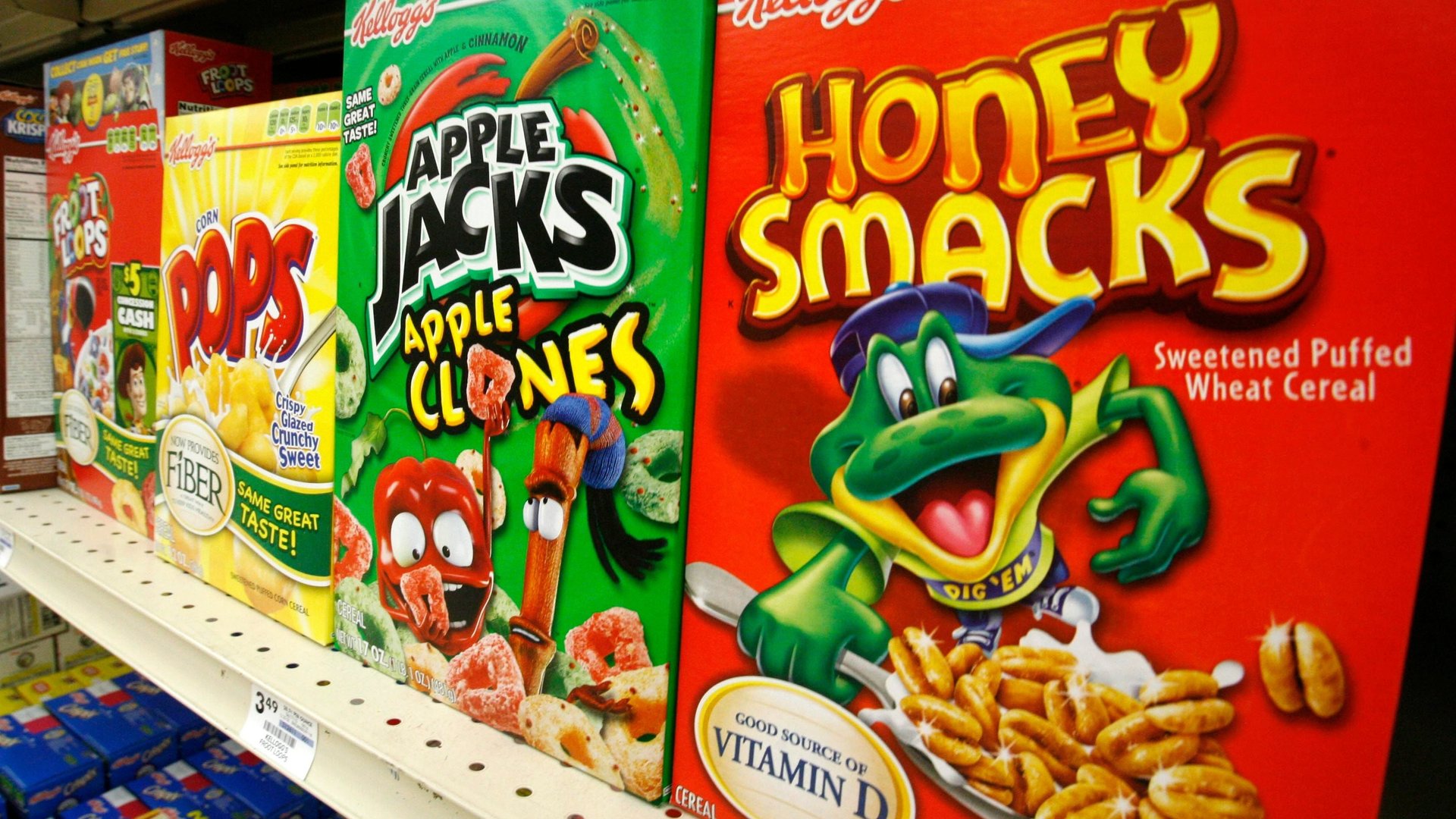How salmonella gets into processed foods like Ritz Crackers and Honey Smacks cereal
Salmonella in crackers and cereal? We’re quite used to outbreaks in raw poultry or eggs. Now a month after a Kellogg’s pulled its Honey Smacks cereal from shelves, a range of Ritz Cracker products that could be tainted with the dangerous bacteria has been recalled.


Salmonella in crackers and cereal? We’re quite used to outbreaks in raw poultry or eggs. Now a month after a Kellogg’s pulled its Honey Smacks cereal from shelves, a range of Ritz Cracker products that could be tainted with the dangerous bacteria has been recalled.
The Ritz recall by Mondelez International in the US, Puerto Rico and the US Virgin Islands, was prompted by potentially contaminated whey powder.
What is salmonella doing in dry, processed foods? The short answer is that salmonella is one hell of a resilient bacteria group. It loves a dry good. In fact, dry heat “actually makes [salmonella] more persistent in a food or ingredient,” Benjamin Chapman, associate professor and food-safety specialist at North Carolina State University, told Live Science.
That’s because salmonella is extremely adaptable. Strains will often adapt to whatever stress they are exposed to. That’s how we’ve ended up with dry heat-tolerant salmonella: “If salmonella is exposed to dry environments, they are better able to resist heat treatment,” Hendrik Den Bakker, professor at the University of Georgia’s Center for Food Safety, told the site Food Politics.
“We’ve had it in imported spices, in dog food and dry pet foods. This is not the first outbreak for salmonella in cereal. In 2008, there was a salmonella outbreak related to rice and wheat puff cereals. It’s not unheard of,” he said.
That 2008 outbreak, linked to Malt-O-Meal cereals, was a reprise of another cereal-linked outbreak at the same company 10 years before, in 1998. CDC officials concluded that the 2008 outbreak was likely a re-emergence of the 1998 outbreak, perhaps caused by a construction project at the manufacturing plant. Workers removed a wall, which may have reintroduced salmonella into the production line.
Salmonella is found in animal intestines, and contamination in food often comes from contact with feces. Feces can end up in processed dry-food products through contamination at the processing plant, due to unclean equipment or workers who do not properly wash their hands. It can also happen in the field where the food was produced; “For example, if water used to irrigate a field has animal poop in it, the water can contaminate the food growing in the field,” according to the US Centers for Disease Control.
As of July 12, the CDC said the Honey Smacks outbreak had caused illness in 100 people in 33 states and counting. The CDC says you shouldn’t eat any Honey Smacks cereal at all, and Kellogg’s has specifically recalled all packages of the cereal with a sell-by date between June 14, 2018 and June 14, 2019. Kellogg’s says its affected cereal was distributed in the US, Costa Rica, Guatemala, Mexico, the Caribbean, Guam, Tahiti and Saipan.
The CDC has also warned of a 26-state outbreak of salmonella poisoning from raw turkey meat in the US right now—at least 90 people have gotten sick.